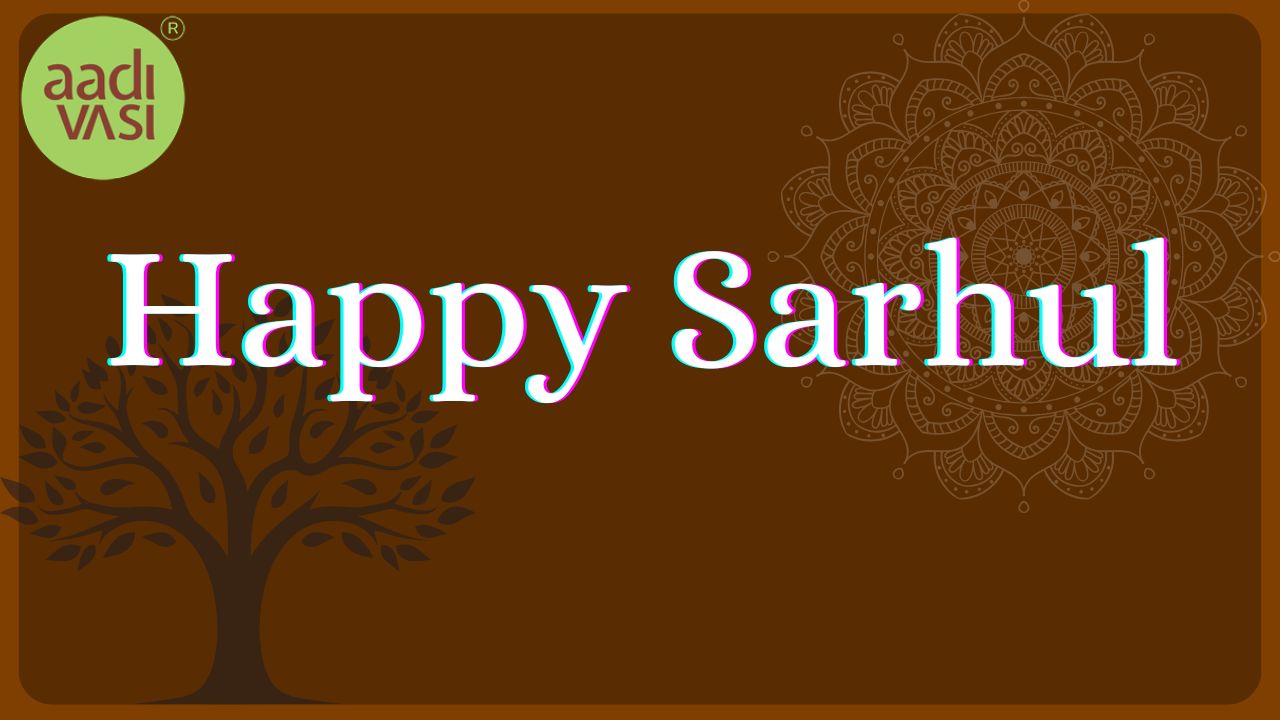Sarhul Festival and Its Significance in the Aadivasi Culture

Sarhul Festival and Its Significance in the Aadivasi Culture
Ever wondered what it would be like to throw a festival where the chief guest isn’t some Bollywood star but a Sal tree? Well, welcome to the Sarhul Festival, where nature, not humans, gets the VIP treatment. Unlike the glittering madness of mainstream Indian festivals, Sarhul Festival is a quiet yet profound reminder of how the Aadivasi culture has been doing “eco-friendly” long before it became an Instagram hashtag.
This festival, celebrated in Jharkhand and beyond, marks the arrival of spring, the time when trees wake up, shake off their winter laziness, and bloom in full glory. The worship of nature in Adivasi culture is the heart of this festival, where the community thanks the earth for, well, literally everything. While most of us are busy gifting plastic-wrapped chocolates, there are people out there giving offerings to nature—talk about class! Speaking of mindful giving, even companies are now embracing Adivasi craftsmanship in corporate gifting, with platforms like aadivasi.org making it easier to support indigenous artisans without any eco-guilt.
Why Sarhul Festival Holds Deep Roots in Adivasi Traditions
For the Adivasi communities, nature isn’t just a background prop for aesthetic Instagram reels—it’s a living, breathing force. The significance of Sarhul Festival in Jharkhand and beyond isn’t just about celebrating spring; it’s about thanking the spirits of the Sal tree, which decides to bloom first, as if leading the parade of nature’s renewal.
Think of it as the Tribal New Year Celebration Explained—but instead of a countdown and a midnight toast, you have villagers coming together, offering prayers, and breaking into song and dance, minus the overpriced party passes.
How Adivasi Tribes Celebrate Sarhul Festival with Rituals and Dance
Now, if you were expecting some grand statue worship or elaborate temple processions, you’re in for a surprise. The Sarhul Festival is refreshingly minimalist—no idols, no heavy gold jewelry for the gods, just pure reverence for nature. The village priest, or "Pahan," leads the worship of Sal tree: An Aadivasi tradition, followed by a grand feast and rituals, songs, and tribal dance festivities that make Bollywood’s dance numbers look tame.
The celebration of nature, gratitude, and unity is accompanied by the spiritual connection between tribals and nature, with drum beats so infectious that even those with two left feet find themselves swaying. The Mandar drum replaces the DJ console, and the vibe is a mix of devotion and uninhibited joy.
The Role of Sarhul Festival in Preserving Aadivasi Heritage
Now, in a world where festivals often mean battling traffic jams and sky-high flower prices, Sarhul Festival is a quiet yet powerful cultural movement. At a time when tribal traditions are at risk of fading under the pressure of urbanization, the Sarhul Festival and Its Impact on Adivasi Identity and Culture is more relevant than ever.
The festival isn’t just about looking backward into history; it’s about reminding future generations that sustainability isn’t just about carrying jute bags—it’s a way of life that Adivasi people have been practicing forever. If there’s a lesson to be learned, it’s this: Everything You Need to Know About Sarhul Festival and Its Adivasi Roots is already embedded in the traditions of these communities, we just need to pay attention.
Final Thoughts: Should We All Take a Leaf Out of the Sarhul Book?
While mainstream festivals continue to be celebrated with noise levels that can wake up ancestors from centuries ago, Sarhul Festival quietly reinforces the worship of nature in Adivasi culture. No idols, no grand fireworks—just a deep, unshakable respect for the environment. Make every ₹200 count at Aadivasi.org®, India’s first ImpactCommerce® website. Shop for a cause you believe in and receive products of the same value for free. Because here, it’s not just about shopping — it’s about making an impact.
So, next time you’re planning an event, maybe swap the balloon arches for tree-planting, and if you ever find yourself in Jharkhand and beyond, do yourself a favor and witness the magic of Sarhul Festival firsthand. Because let’s be honest—who wouldn’t want to be part of a festival where nature gets the red carpet treatment?

